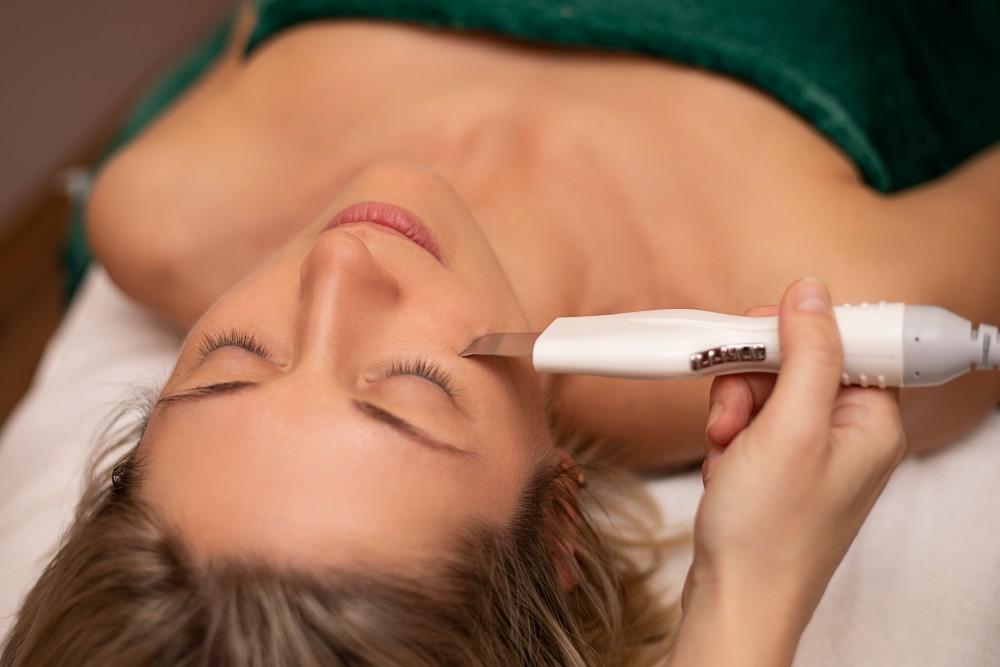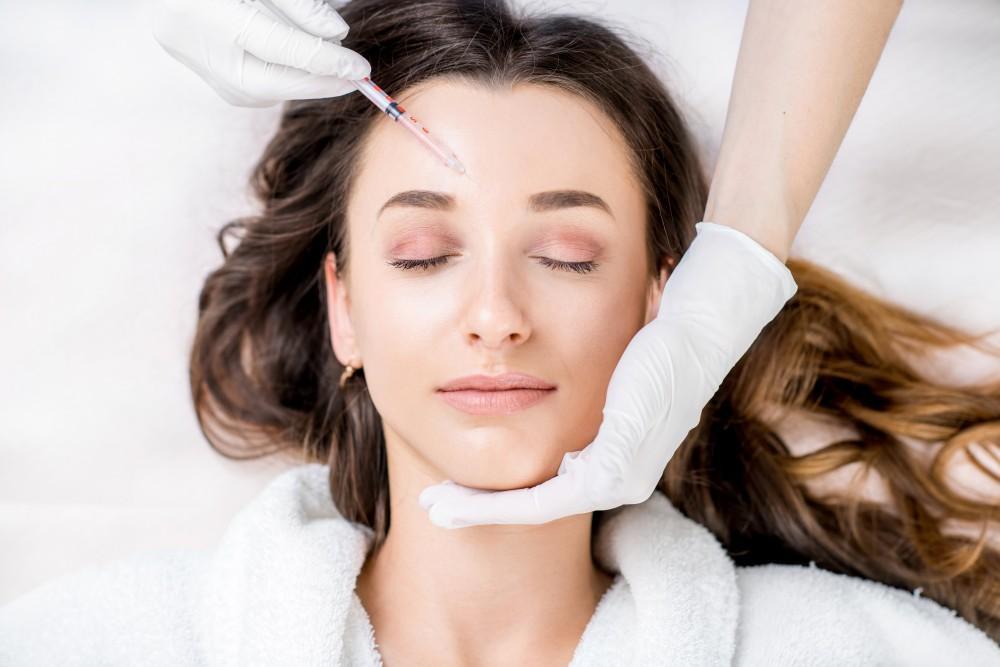
Four Types of Acne Scars

Acne scars are the unpleasant aftereffects of an acne breakout. No matter how much care you take to treat your acne, you may not be able to be completely scar-free.
Acne scars generally can be categorized into two types. Scars caused because as the skin tries to heal the lesion, it may form too much collagen. These are called hypertrophic scars. When the skin doesn’t produce enough collagen, there may be a loss of tissue resulting in a depression or atrophic scar. These two main types can result in four types of scars called ice pick, boxcar, rolling, and keloid.
When there is a discoloration this is not true scars. This condition is post-inflammatory hyperpigmentation that generally fades after some time. It is the skin’s way of responding when there is inflammation. Post-inflammatory hyperpigmentation happens when a rash, pimple or wound causes the skin to produce too much melanin.
Here are four types of acne scar treatments:
- Ice pick scars are narrow and penetrate deeply into the dermis. The skin will have the appearance of having been pierced by an ice pick. Some scars may look like a large open pore. Ice pick scars are formed after an infection from a cyst or other blemish pushes its way to the surface of the skin. This destroys skin tissue and leaves a scar. Ice pick scars can be treated by punch grafting or punch excision. Using a tool called a punch to remove the unwanted skin the procedure called punch excision is minimally invasive.
- Boxcar scars are wider than ice pick scars and leave round or oval depressions with steep vertical angles that give the skin a pitted texture. This type of scarring happens when there is an inflammatory breakout that will destroy collagen causing a loss of tissue. The skin in this area loses its support and a depressed area is created. Depending on the amount of tissue lost, boxcar scars can be superficial to severe. There are a number of treatments used including dermal fillers, laser resurfacing and punch excision or elevation.
- Rolling scars will cause rolling or wave-like depressions across the skin. This wavelike appearance is caused when fibrous bands of tissue are formed between the skin and the subcutaneous tissue underneath. These rolling scars are best treated by a simple surgical procedure called subcision. This is done by cutting the scar’s base so that it can rise to the level of the rest of the skin.
- Hypertrophic or keloid scars look like a raised or protruding mass of tissue. Hypertrophic scars caused by acne are common in men, usually in the chest area. This type of scar is caused because of too much collagen being produced. Common treatments are silicone gels, cryotherapy, which is freezing the scars with liquid nitrogen, steroid creams, pulsed dye laser treatments, or injections that are given to flatten or shrink the scar.
If you have any of the above acne scars, you can visit our specialist at Plateroti Dermatology and learn the best treatment that may remove them completely. Contact us today to schedule an appointment!
You Might Also Enjoy...


Hasta La Vista, Double Chin! I'm Getting Kybella
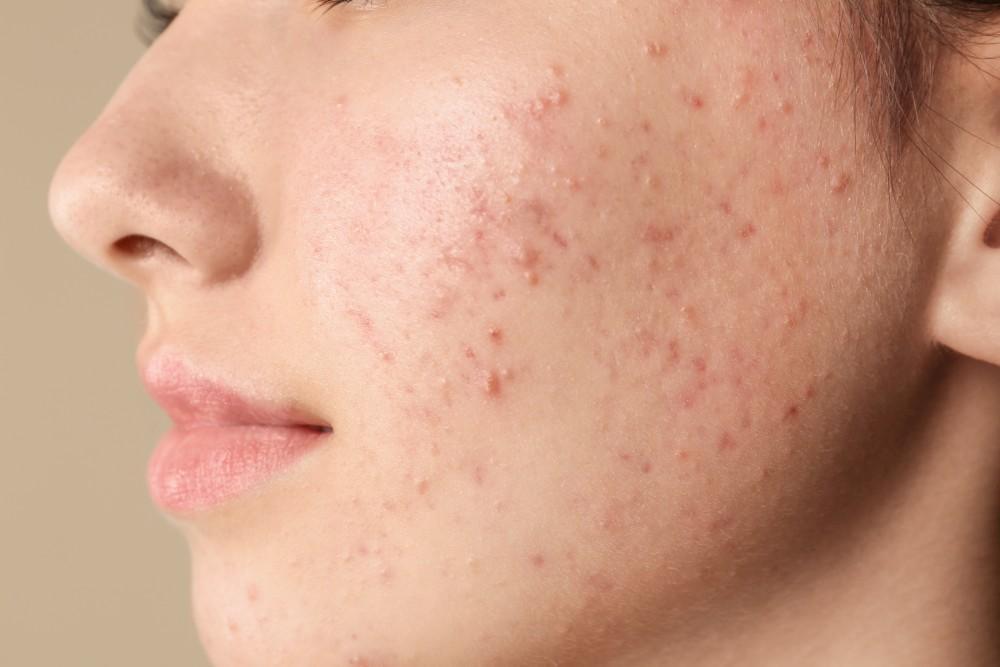
Photodynamic Therapy (PDT): Your Speedy Solution to Adult Acne
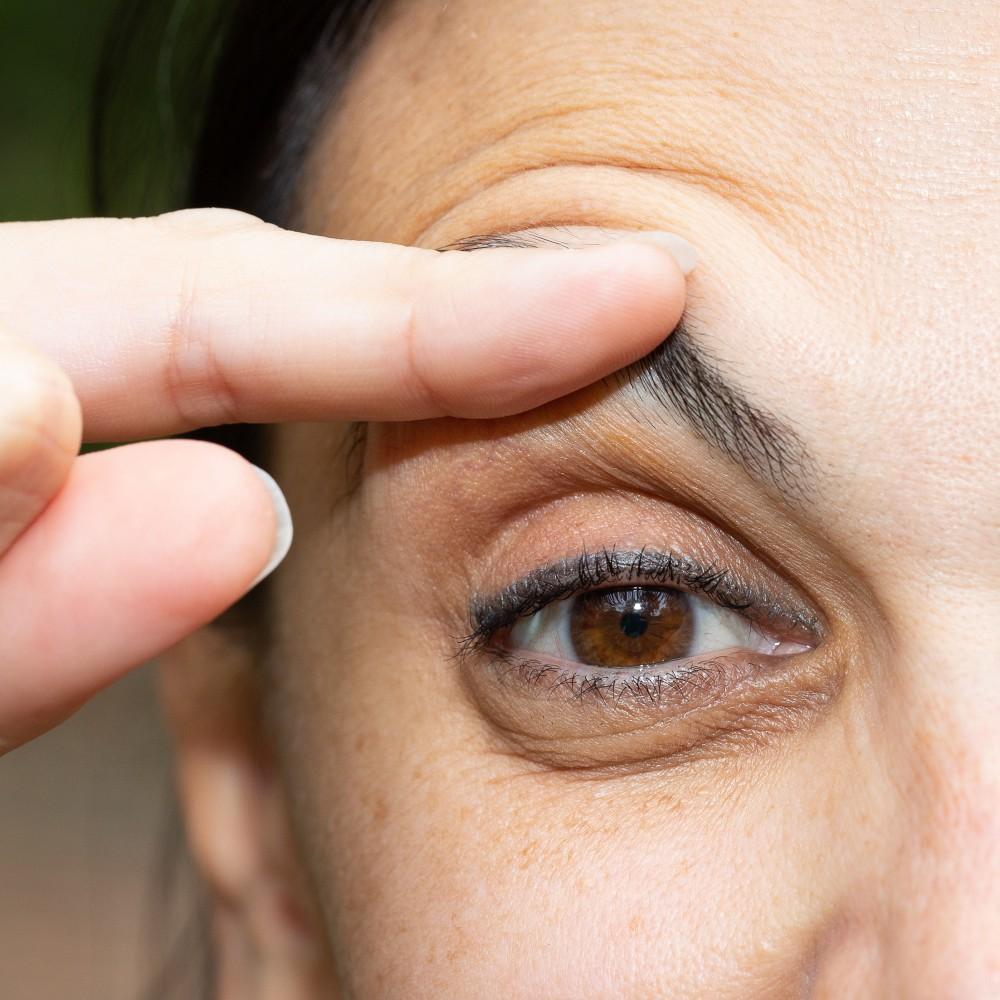
Surgery Isn't the Only Solution for Saggy Eyelids. Try Upneeq® for a Noninvasive Lift
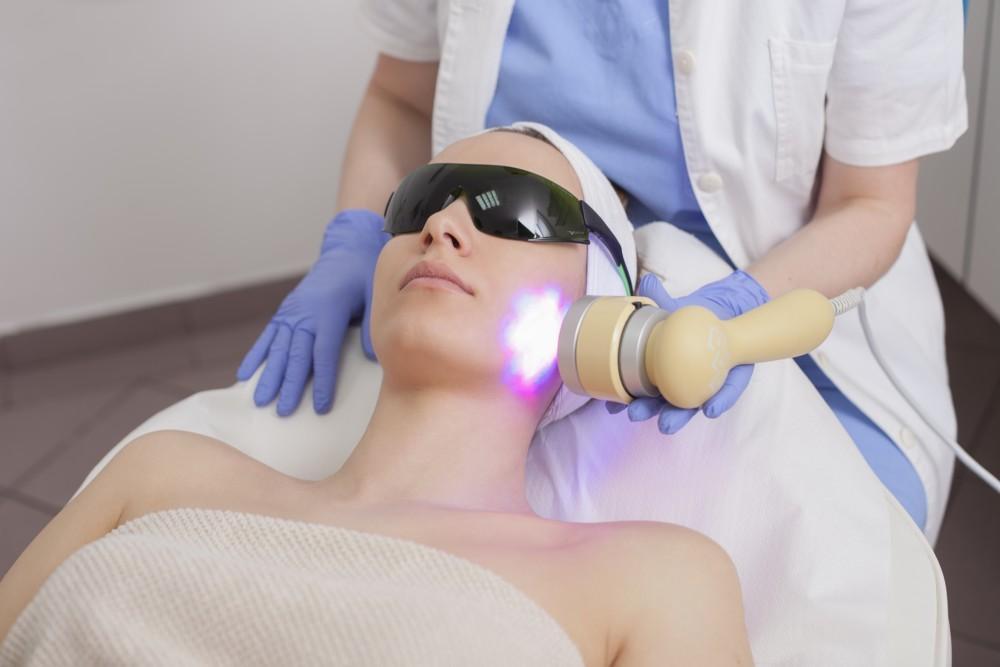
Pre-and Post-IPL Procedure Guidelines to Get the Most from Your Treatment
